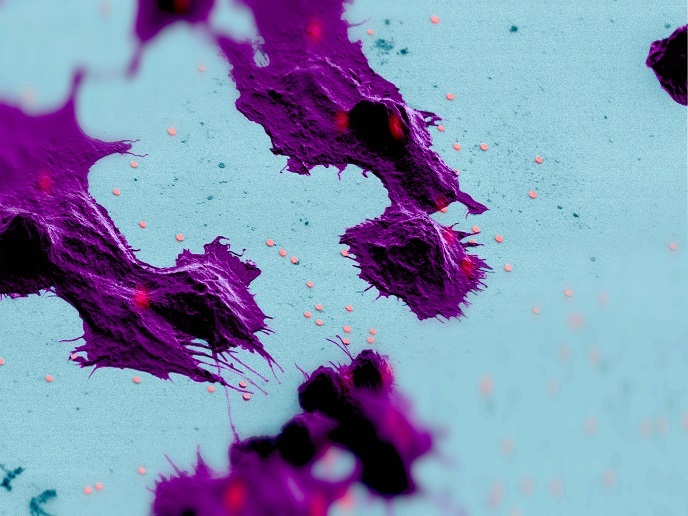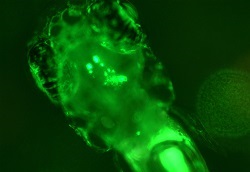Neutron radioactive beams
The electrically neutral subatomic particle, exhibits many interesting properties. Like non heavy-electrons and X-rays, they can be used for imaging the atomic structures. Unlike them they are highly penetrative providing information for many elements, including hydrogen. Furthermore, their magnetic properties can probe magnetic materials and due to their energy, they can reveal atomic motions in detail. All these make neutrons one of the most effective ways for investigating a wide scope of problems, from fundamental to solid-state physics and chemistry, and from materials science to biology, medicine and environmental science. Until now, the development of heavy neutron-rich radioactive beams seemed to be almost impossible due to associated energy requirements. This research project developed a technique for exploiting fast, energetic neutrons to induce fission of uranium and delivered beams of neutron -rich nuclides at energies of a few MeVs. Such beam energies allow the radioactive beam to penetrate deeper in the atoms without being repulsed by the target nuclei. Subsequently, the technique enables the experimental studies of neutron-rich nuclei and of the synthesis of the heaviest elements. With the aid of this technique, deuterons are initially driven to a converter that is thick enough to prevent escape of charged particle. The breaking down of deuterons releases energetic neutrons that are forwarded to a thick production target of fissionable uranium. The generated fission products are collected in the target, diffused to the surface from which they evaporate, ionised, mass-selected and finally post-accelerated. This method has several advantages. The low temperature of the highly activated converter ensures the unaffected neutron flux. In addition, when hitting the target the neutrons lose energy only in useful nuclear interactions and have a high penetrating power that offers the use of very thick powers. Furthermore, the project led to a large number of results that provided new data for optimisation of nuclear models. Such data is very beneficial for calculations of nucleosynthesis that plays an important role for understanding the various isotopes, particularly in the area of astrophysics. For a complete report of this R&D, click on http://www.ganil.fr/research/sp/reports/(opens in new window).







